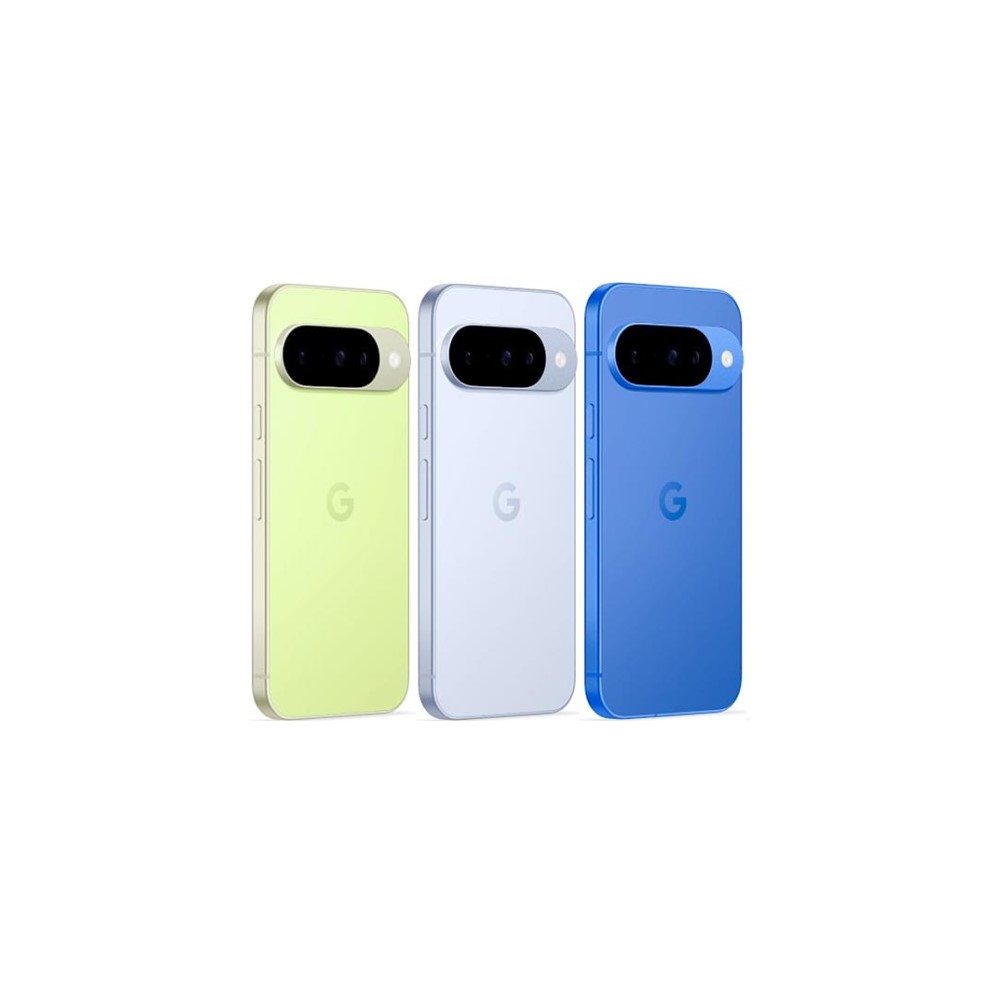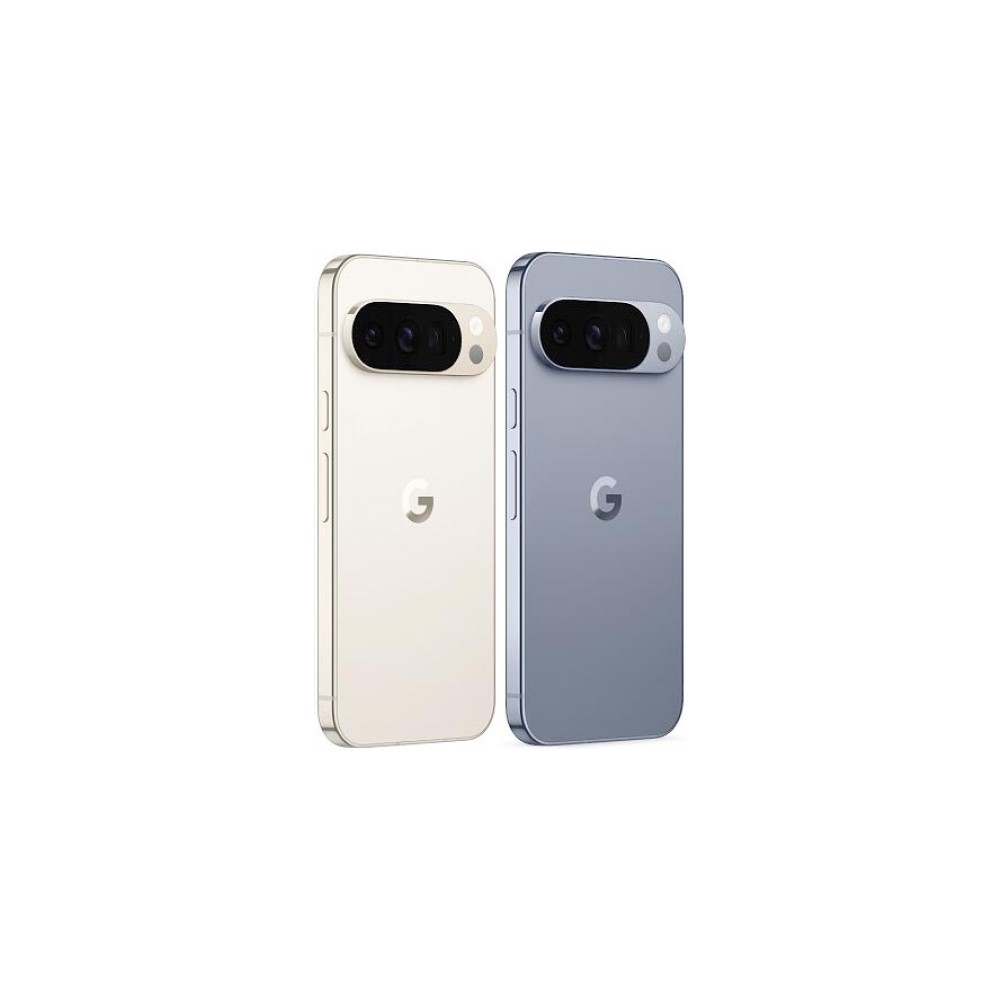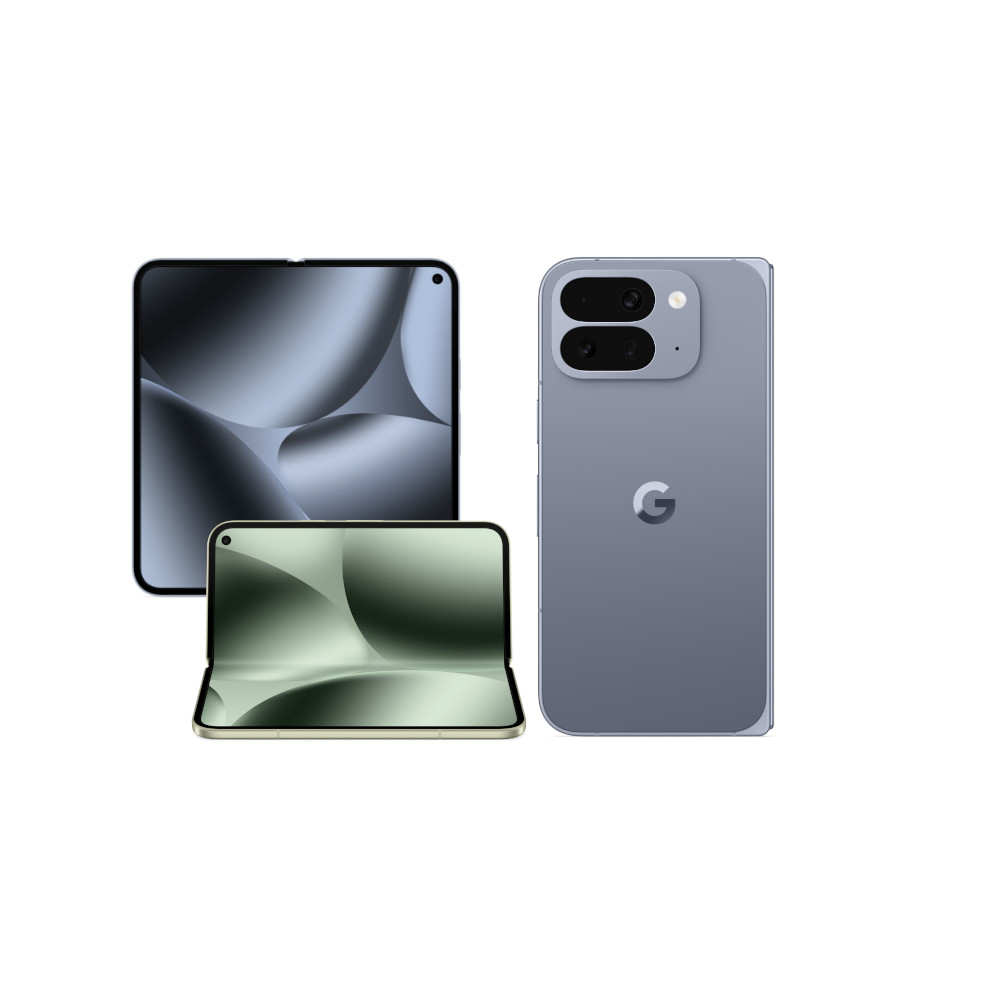The new Pixels are here, and, to be frank, they’re a bit of a mixed bag in terms of upgrades. Perhaps one of the most significant changes to last year’s formula is that the Google Pixel 10 now features a third camera, bringing longer-range zoom capabilities to Google’s more affordable model and bringing it closer to the best camera phones.
For the same $799 price tag as last year, the Pixel 10 has become much more appealing to the series’ photography fans. But is there still a good reason to grab the Pixel 10 Pro or XL if you’re an avid photographer — well, yes, but like most things, it depends on what you need.
Don’t want to miss the best from Android Authority?
Triple cameras aren’t all the same
![]()
Robert Triggs / Android Authority
So, what do you get with the Pixel 10 vs Pixel 10 Pro? Well, the entry-level and pro models look pretty similar at a quick glance. Both offer triple cameras, but there are some significant differences when you peer closer at the sensors.
The regular Pixel 10 comes with a 48MP main sensor and a 10.5MP ultrawide, which appears to be a downgrade from last year’s 50MP and 48MP setup. Meanwhile, the Pro and Pro XL have a 50MP and 48MP combo as before.
Main camera
48MP Quad PD
ƒ/1.70 aperture
1/2-inch sensor
82° field of view
50MP Octa PD
ƒ/1.68 aperture
1/1.3-inch sensor
82° field of view
Utltrawide
13MP Quad PD
ƒ/2.2 aperture
1/3.1-inch sensor
120° field of view
48 MP Quad PD with AF
ƒ/1.7 aperture
1/2.55-inch sensor
123° field of view
Zoom
10.8MP Dual PD with OIS
ƒ/3.1 aperture
1/3.2-inch sensor
23° field of view
5x optical zoom
20x Super Res Zoom
48MP Quad PD with OIS
ƒ/2.8 aperture
1/2.55-inch sensor
22° field of view
5x optical zoom
100x Pro Res Zoom
Selfie
10.5MP Dual PD
ƒ/2.2 aperture
95° ultrawide field of view
42 MP Dual PD with AF
ƒ/2.2 aperture
103° ultrawide field of view
But it’s not the megapixels that I’m really interested in. As you can see in the table above, the Pixel 10 and 10 Pro XL have larger image sensors in both the primary and ultrawide cameras. That means better light capture, less noise, and more detail. Is the difference between 1/2.0-inch and 1/1.3-inch meaningful? Well, yes, the larger sensor has over 2x the surface area with which to capture light. Equally, the Pixel 10’s 1/3.1 ultrawide is positively tiny — it’s smaller than the camera on the OG Pixel.
Not only that, Google notes that the Pixel 10 Pro and XL boast improved stabilization on the main lens and autofocus for the ultrawide, both of which will help provide superior shooting in low light while capturing action shots. Meanwhile, the Pixel 10’s ultrawide camera has no focusing capabilities, putting your shots at risk of additional softness at both close and far ranges. Likewise, the Pixel 10’s selfie camera doesn’t have autofocus, while the Pro and Pro XL do.
Smaller sensors and apertures on the Pixel 10 mean you’ll see slightly better results from the Pro.
Now, how about that new Zoom camera? Well, again, the Pixel 10’s “new” telephoto camera is a 10.8MP 5x optical setup that appears to have been lifted straight from the Pixel 9 Pro Fold, which remains unchanged on the Pixel 10 Pro Fold as well. Once again, the Pixel 10 Pro and XL not only have more megapixels but a larger zoom sensor as well, ensuring better dynamic range and detail at a distance.
Pinching the zoom capabilities from the Fold isn’t strictly a bad thing; it’s a $1,900 phone after all. However, based on our previous experience with the Fold, we know that the image quality isn’t quite as good, particularly in the trickiest lighting. Not that it’s easy to notice at a casual glance, but the astute photographer, especially one who likes to edit their pictures, will see better results from the Pro models, particularly in low light.
Pro Res Zoom and macro shots
![]()
C. Scott Brown / Android Authority
Camera specs are just part of the picture these days; Google increasingly separates some photo and video features between its mainstream and Pro models.
For starters, the smaller Pixel 10 5x telephoto camera is able to extend out to 20x via Google’s Super Res Zoom technology. That’s as good as last year’s Pro models, so certainly nothing to sniff at. However, Google is debuting 100x Pro Res Zoom on the Pixel 10 Pro and Pro XL, thanks in part to their zoom camera’s high megapixel count. This isn’t just a hardware trick; Google is running a diffusion model on the Pixel camera, thanks to the new Tensor G5, to fill in missing details.
100x zoom is only available on the Pro and Pro XL.
Google claims it works best for landscapes and landmarks at great distances, and still holds up well up to about 60x for animals and objects with more complex textures. While the jury is still out on whether using AI to enhance picture details works well, this tool is only available on Pro models.
I don’t take many close-up pictures, but for those who can’t help but snap their morning coffee, macro focus is important too. Without autofocus on the ultrawide camera, the regular Pixel 10 is not as useful here either. Thankfully, Google has improved the main lens to allow for closer subject focusing, which should be fine for most uses. However, you can use macro focusing on the Pro models’ ultrawide lens, allowing you to get even closer or fit more in the frame — a minor benefit, but a benefit nevertheless.
Photographers should pick a Pro. Well, except one
![]()
C. Scott Brown / Android Authority
Auto Best Take
While Google’s Pro Pixels promise the best camera capabilities, there is one exception to this rule — the Pixel 10 Pro Fold. Google’s priciest flagship has a very similar camera setup to the regular Pixel 10. In fact, it has an even smaller ultrawide camera, again without autofocus, and is also capped at 20x for long-range zoom. Still fine, but not the best Google has to offer.
None of this is to say that the Pixel 10 or the Pro Fold have bad camera setups or should be avoided if you want to take great pictures. Even Google’s more affordable hardware setups have proven extremely reliable and robust, especially when paired with the brand’s computational photography smarts. Most likely, you’ll only notice these differences when eyeballing the fine details.
The Pixel 10 offers most of Google’s photography tools at a fraction of the Pro’s price.
The Pixel 10 and Fold will be brilliant for most casual and even adventurous shooters. Plus, you’ll still receive Add Me, Magic Editor, the new Camera Coach, and all the other Pixel photography extras that help capture the pictures you really want.
Given that the Pixel 10 sticks to its very reasonable $799 price tag while introducing a 5x zoom camera, along with other improvements, means you can grab the bulk of the Pixel photography experience without breaking the bank. It’s a good buy, no doubt about it. Still, if you’re after the absolute best image quality and features that Google’s latest phones have to offer, the Pixel 10 and 10 Pro XL are where you should shop.
Google Pixel 10
Very promising battery specs
6.3-inch display
Loaded with Google AI features
Google Pixel 10 Pro
Top-tier specs with small display
Satellite SOS
Powerful AI tools
Bright display
Google Pixel 10 Pro XL
Biggest non-folding Pixel phone
Best specs and AI features
14%off
Google Pixel 10 Pro Fold
Top-tier specs
IP68 rating
6.4-inch outer and 8-inch inner displays
Thank you for being part of our community. Read our Comment Policy before posting.



